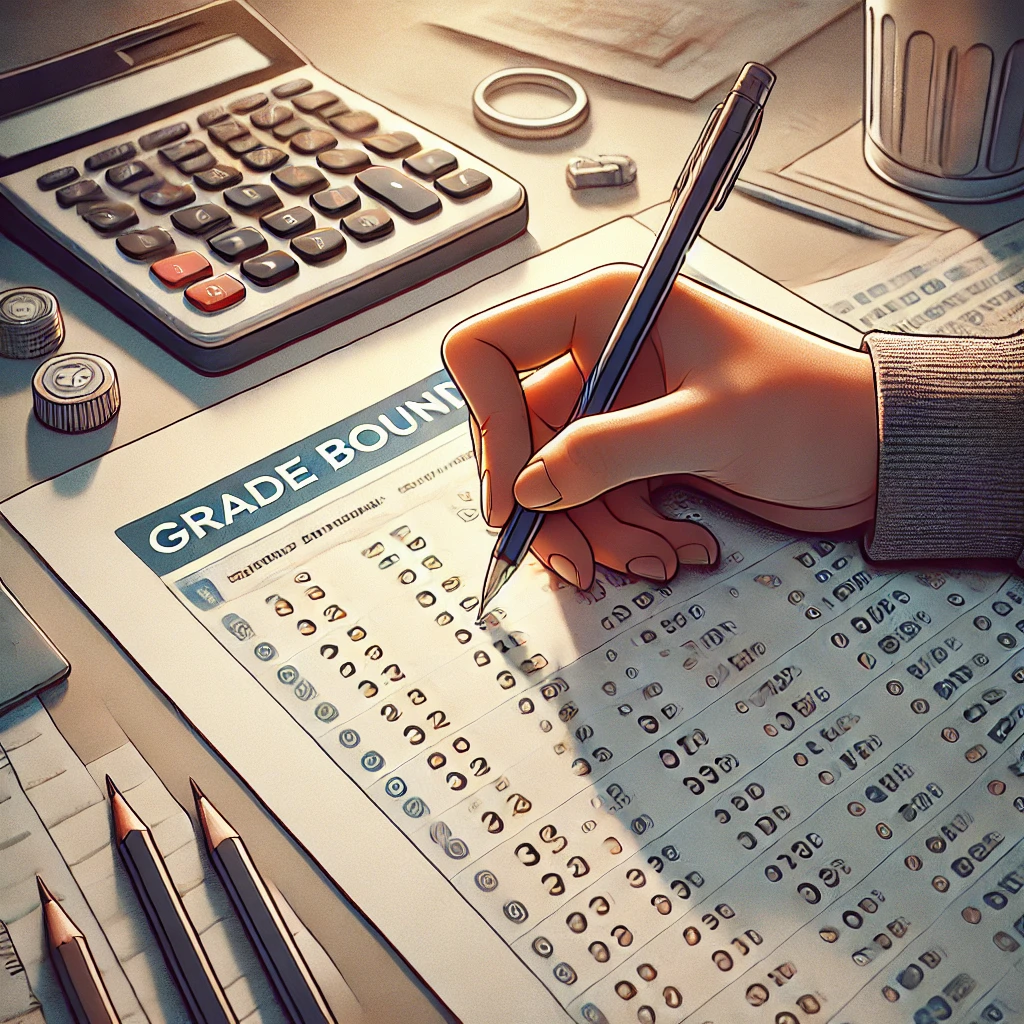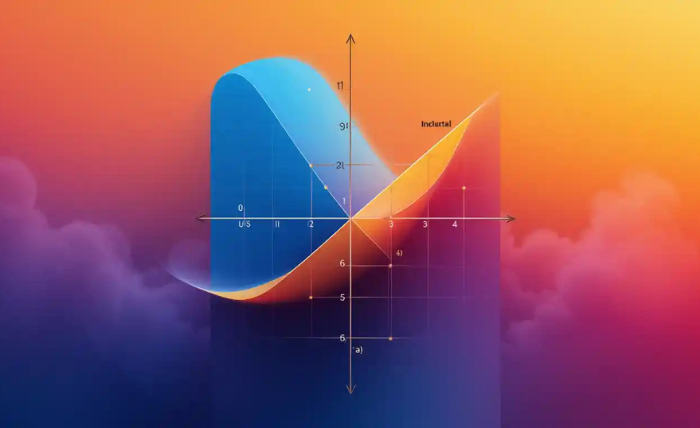Are you gearing up for your A-Level maths exams and wondering what the grade boundaries will be? You’re not alone! Many students find themselves asking, “What are the Maths Genie A Level grade boundaries, and how do they work?” Well, don’t worry! In this post, we’ll break it all down for you, step by step.
Whether you’re looking for information about how the grade boundaries are set, how to interpret them, or tips on how to improve your performance, this guide will cover everything you need.
We’ll also explain how to use the Maths Genie grade boundaries to your advantage and give you the knowledge you need to plan your study strategy effectively.
Let’s dive right in!
What Are Maths Genie A Level Grade Boundaries?
When you sit for your A-Level maths exam, your goal is to achieve the highest grade possible, but how do you know what you need to get to achieve each grade? This is where the Maths Genie A Level grade boundaries come in.
Maths Genie is a popular online resource for maths students, and it provides detailed information on grade boundaries for A-Level exams. These boundaries show the minimum marks you need to achieve a particular grade, such as A*, A, B, C, etc.
Each year, the grade boundaries can change based on several factors, such as how difficult the exam was and how well students performed overall. This is why it’s important to check the Maths Genie grade boundaries for the specific year you’re sitting the exam.
Why Are Maths Genie Grade Boundaries Important?
The Maths Genie grade boundaries A level serve as a guide for both students and teachers. They help you understand how well you need to perform in the exam to achieve your desired grade.
For example, if you need to score 80 marks to get an A grade, but you only score 70 marks, you’ll know exactly how close or far you are to reaching that grade. These boundaries can be a great way to track your progress and identify areas where you need to improve.
How Are Maths Genie A Level Grade Boundaries Set?
The process of setting grade boundaries is not simple. Exam boards (such as Edexcel, AQA, and OCR) work together to create a fair system based on the overall performance of all students. The goal is to make sure that the grade boundaries are set in a way that reflects the difficulty of the exam and the overall performance of students.
After the exams are completed, examiners check how many students passed, how many got high marks, and how many struggled. Based on this data, the grade boundaries are set for each subject and each exam board. Maths Genie then publishes these grade boundaries, so students can access them and plan accordingly.
How to Use Maths Genie A Level Grade Boundaries to Your Advantage
Now that you know what Maths Genie A Level grade boundaries are and how they’re set, you might be wondering: “How can I use this information to improve my chances of getting a top grade?”
Here are some tips for making the most of the grade boundaries:
1. Understand What You’re Aiming For
The first step is to figure out what grade you need for your future goals. For instance, if you’re aiming for a particular university course, you’ll need to know what grades they require. Once you know your target grade, look at the Maths Genie grade boundaries to see how many marks you need to achieve it.
If your goal is to get an A*, you will need to score higher than if you’re aiming for a B. Knowing this can help you set realistic targets and avoid any surprises on exam day.
2. Track Your Progress Using Mock Exams
Taking mock exams is a great way to track your progress. Once you complete a mock exam, you can compare your results with the Maths Genie grade boundaries to see how you did.
For example, if you got 65 marks on a mock exam, and the grade boundaries for that year state that 70 marks are needed for an A, you’ll know exactly how far you are from your goal. This allows you to focus on areas where you’re losing marks and adjust your study plan accordingly.
3. Aim to Exceed the Grade Boundaries
Instead of just aiming to meet the grade boundaries, aim to exceed them. If you score above the minimum requirement, you’ll have more flexibility in case the grade boundaries shift slightly. For example, if the grade boundary for an A is set at 75 marks, try to score 80 or more.
4. Use the Grade Boundaries to Set Realistic Study Goals
Knowing the Maths Genie grade boundaries A level will help you set clear, achievable study goals. For example, if you know you need 75 marks for an A and you’re currently scoring 65 in mock exams, set a goal to increase your score by 10 marks over the next few weeks.
By using the grade boundaries as a target, you can track your improvements and stay focused on what you need to do to achieve your desired grade.
Where to Find the Maths Genie A Level Grade Boundaries
You can easily access the Maths Genie grade boundaries by visiting their official website. They provide detailed breakdowns of grade boundaries for each subject, including A-Level maths.
If you want to stay up-to-date with the latest grade boundaries, check their website regularly, especially around the time when exam results are released.
Maths Genie A Level Grade Boundaries for Different Exam Boards
The Maths Genie grade boundaries may differ depending on the exam board you’re studying with. Some of the main exam boards include:

- AQA
- Edexcel
- OCR
Each of these exam boards has its own set of grade boundaries, so be sure to check the specific boundaries for the exam board you’re studying with.
1. AQA Maths Genie A Level Grade Boundaries
AQA is one of the most popular exam boards for A-Level maths. The grade boundaries for AQA exams are typically published in the summer, after the exams have been marked.
You can find the AQA grade boundaries for maths on the official Maths Genie website or directly on the AQA website.
2. Edexcel Maths Genie A Level Grade Boundaries
Edexcel is another widely used exam board for A-Level maths. The Edexcel grade boundaries are usually released shortly after the exams, so make sure to check the Maths Genie A Level grade boundaries page for the latest updates.
3. OCR Maths Genie A Level Grade Boundaries
OCR is also a popular choice for A-Level students. The grade boundaries for OCR maths are released on the OCR website as well as on the Maths Genie grade boundaries page.
Common Questions About Maths Genie A Level Grade Boundaries
What Happens If I Don’t Meet the Grade Boundaries?
If you don’t meet the grade boundaries for your desired grade, don’t worry! There are always options to improve. You could retake the exam in the next session or consider resitting specific papers. Additionally, some universities and colleges offer alternative pathways for students who didn’t meet the required grade.
Can Grade Boundaries Change After the Exam?
Yes! Grade boundaries can change depending on how students performed overall. If the exam was particularly difficult, the boundaries may be adjusted to be lower. On the other hand, if students performed really well, the boundaries might be set higher.
That’s why it’s important to keep checking the Maths Genie grade boundaries page for the latest information.
How Often Do Maths Genie A Level Grade Boundaries Change?
The Maths Genie A Level grade boundaries are updated every year, so the boundaries for one year may not be the same as the next year. Make sure to check the grade boundaries for the specific year you’re sitting your exams.
Final Thoughts on Maths Genie A Level Grade Boundaries
Understanding the Maths Genie A Level grade boundaries is a key part of planning your study strategy. It allows you to set clear goals, track your progress, and adjust your study plan to reach your target grade. Keep in mind that the boundaries may change every year, so it’s important to stay updated and focus on achieving the best possible score.
Good luck with your exams, and remember that with the right preparation and knowledge, you can reach your goals!



